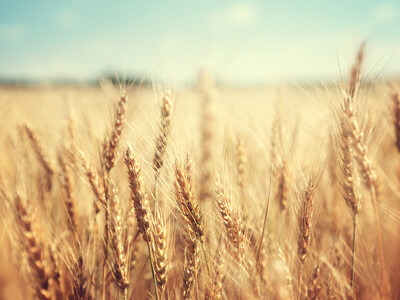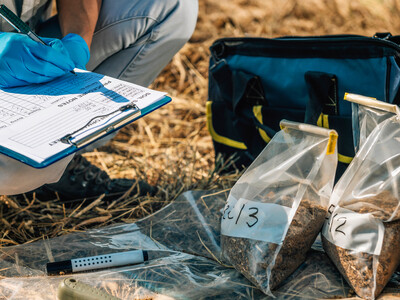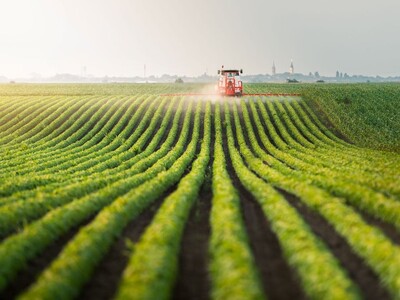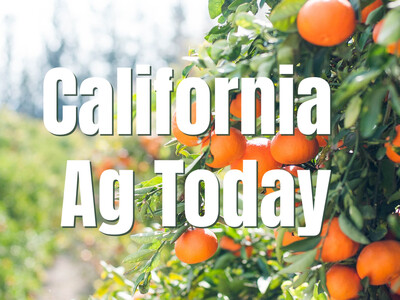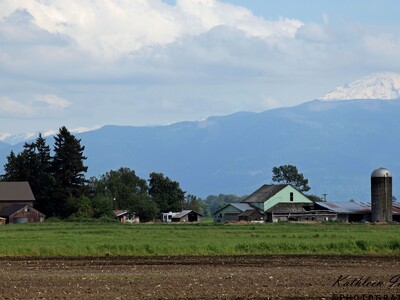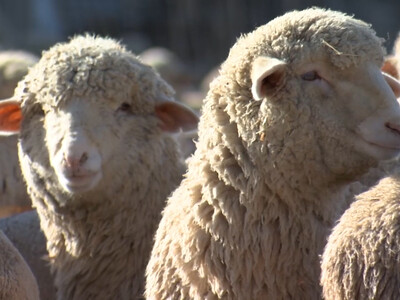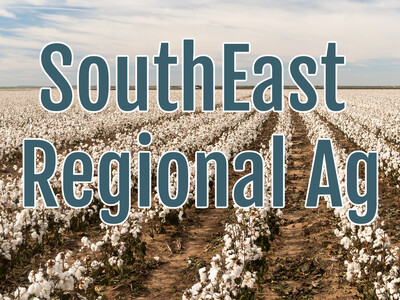Fire Ants & Baled Hay
Fire Ants and Baled Hay. I’m Greg Martin with today’s Line On Agriculture.
A number of years ago I was visiting my son in South Carolina and managed to step in a fire ant hill. It was an experience I will not soon forget and am grateful we don’t have these nasty creatures here in the northwest. But. Unless certain precautions are taken with baled hay being shipped into drought plagued areas, who knows what creatures may invade. Charles Brown of Animal and Plant Health Inspection Service says baled hay from quarantined states can be shipped if it’s not in direct contact to the ground.
BROWN: So that hay that is stacked, all the bales except for the bottom layer that is in direct contact with the ground can move without restriction. Hay that is cut, baled, loaded and shipped without storage can move without restriction. Baled hay and straw that is stored on an impervious surface such as asphalt, concrete, hard pan that can move without restriction. Also hay that is stored elevated above the soil on pallets in the field or tires or stored on landscaping cloth can move without restriction.
Northwest users of hay will not have this problem but should be aware in case there is a need to import additional hay from quarantined states.The stings swell into bumps like blisters, which can cause much pain and irritation. In great quantities they can cause severe problems for humans and animals as well.
BROWN: Imported fire ants were unintentionally introduced into the United States from South America almost 90 years ago. They entered the United States in the Port of Biloxi, Mississippi and since then they have spread to approximately 330-million acres in 14 states and in Puerto Rico. Imported fire ants are extremely aggressive. They are an invasive species. They are destructive to agriculture and dangerous to animals and people.
Brown describes how these tiny creatures cause damage.
BROWN: Fire ants will feed on the buds and fruits of numerous crop plants especially corn, soybean and okra and they can girdle young trees. Imported fire ants can damage equipment in farm fields and when they’re disturbed imported fire ants respond rapidly and aggressively in ant attacks can interfere with field worker activities. A single fire ant can sting its target repeatedly and young and newborn animals are especially susceptible to the venom of these stings and people who are allergic to bee stings are also allergic to the stings of imported fire ants.
That’s today’s Line On Agriculture. I’m Greg Martin on the Ag Information Network.




